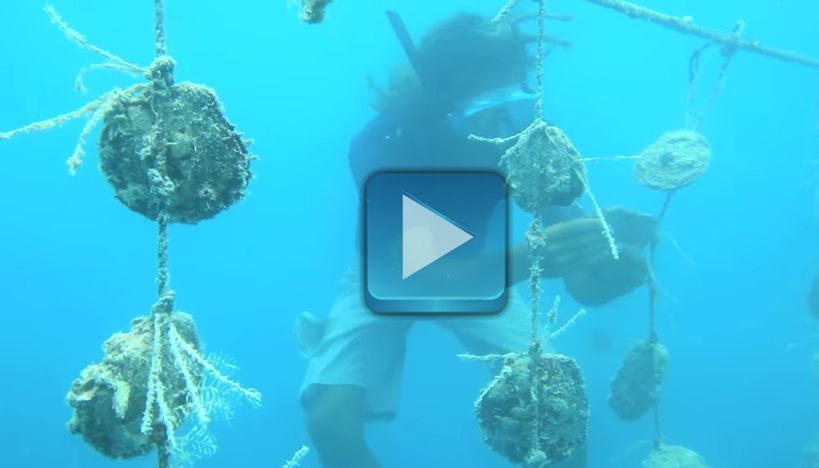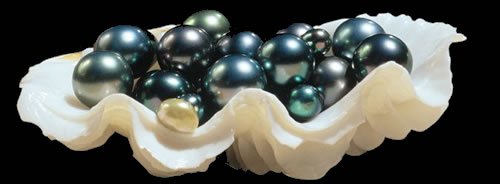I don’t know if many of you out there are into Tahitian black pearls. But I am. Not for me, of course. I don’t wear them, though I know of men that do wear them. I love buying them for my wife, mothers, sisters, daughters and daughter-in-laws. My wife actually has a couple of black pearl earrings, necklaces, rings, and bracelet.
I’ve been intrigued with the beauty of the black pearl for many years and how it sits on a person’s skin. My favorites are the greenish-bluish ones. Colors vary from silver gray to blueish-black, and some with iridescent shades such as purple and green. The photo below illustrates some of the color variations that can be found when shopping for a Tahitian black pearl.
photo courtesty of Kristina Art
Like other pearls, Tahitian pearls are organic ‘gems,’ meaning they are created by a living organism. But did you know there is a difference between a natural pearl and a cultured pearl. Natural pearls occur without human intervention when a foreign substance enters the shell of a marine or saltwater mollusk, where over time it becomes covered with nacre, the iridescent substance we think of when we hear the word pearl. The black pearls today are cultured — created by inserting a bead inside of the shell and allowing the nacre to grow. The more nacre, the higher quality of pearl.
It really amazes me how a Tahitian black pearl is created, formed, cultivated and finally extracted from the mollusk. If you’re interested in how a black pearl is created and finally put on your wrist, finger, or neck, take a look at this video. It may inspire you to culture your own black pearls in your backyard.

The Tahitian Pearl” video courtesy of Pearl Paradise/Jeremy Shepard – Founder and CEO

PCC blogger, Bobby Akoi. Originally from Keaukaha on the Big Island of Hawai’I, his path took an unexpected turn to the little town of La’ie as student at Church College of Hawai’i. Never in his wildest dreams did he think he’d be working at the #1 paid tourist attraction in the State of Hawaii. Today he is the Director of Protocol & Community Relations for the Polynesian Cultural Center. He is married to Hiromi and has 4 children.



Recent Comments